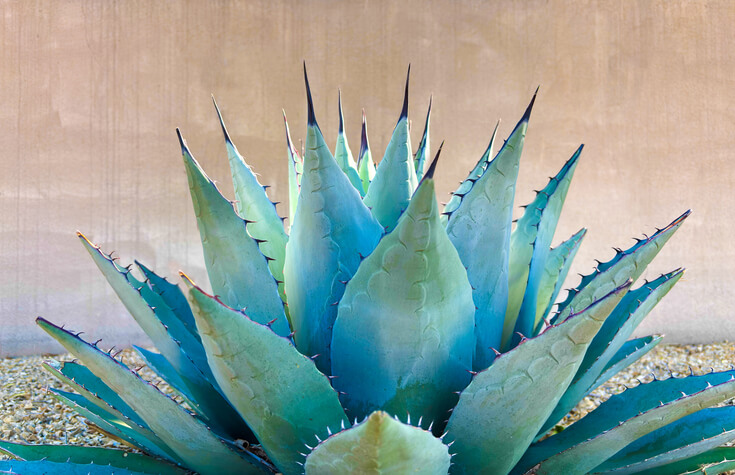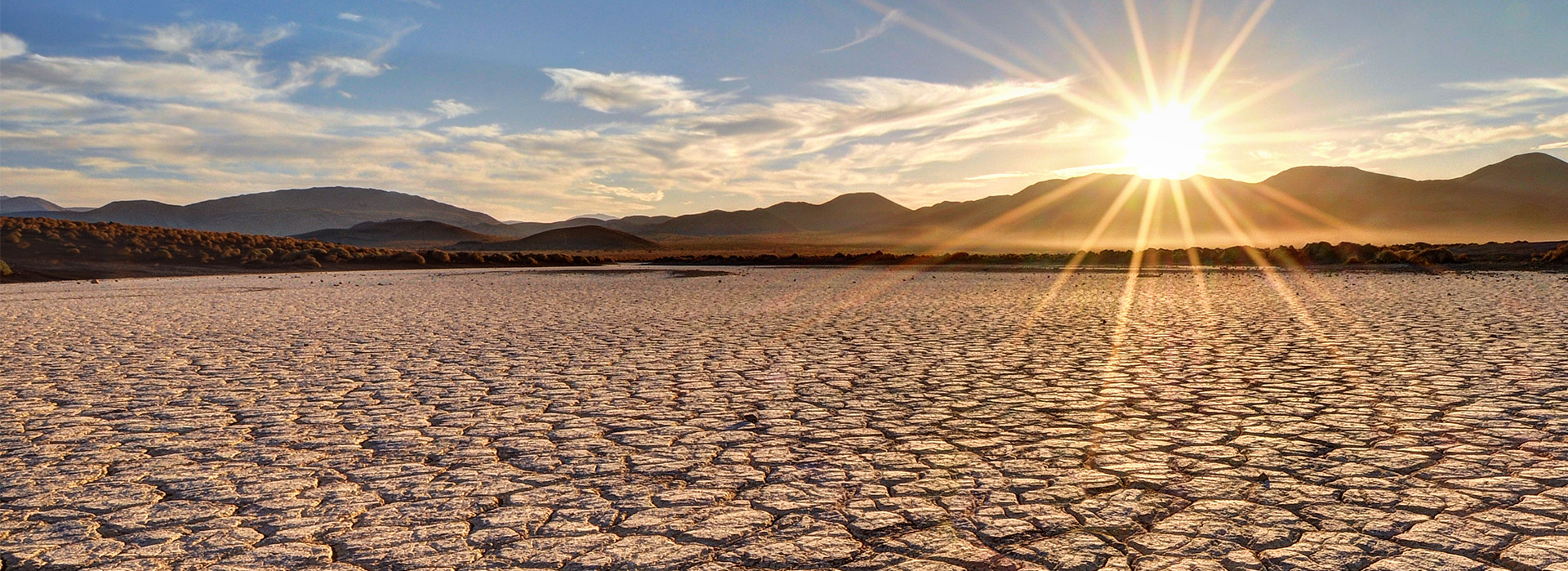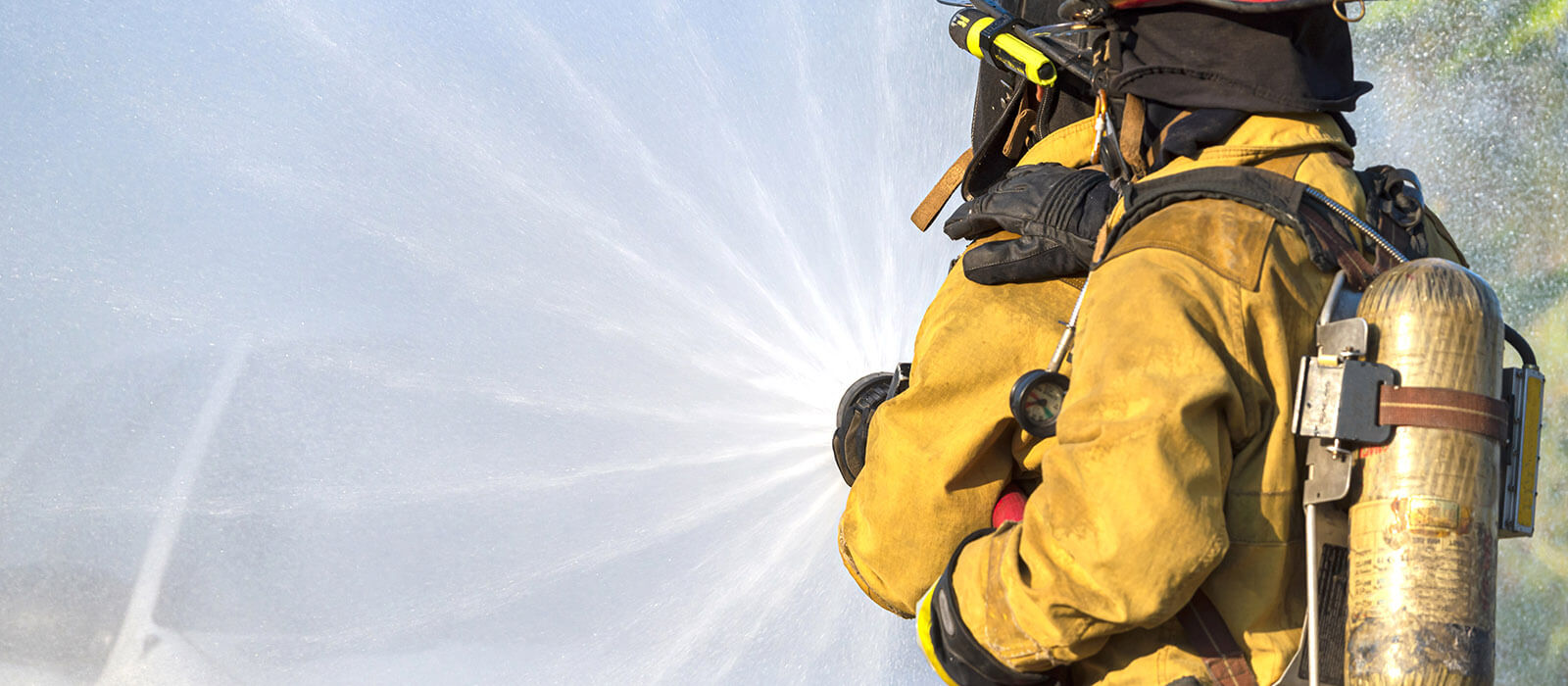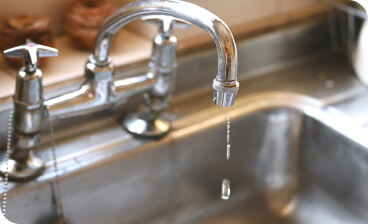Plants that are adapted to long, dry summers and short, rainy winters are called “Mediterranean-zone” plants. These include plants that are native to California, as well as those that originated in southern Europe, South America, and other “Mediterranean” climates. These plants don’t need much water in the summer and have thrived in water-scarce conditions for thousands of years.
The plants listed below are appropriate for California’s climate and may use less water than what you already have in your garden. This list is a good representation of low-water-consuming plants that are easily available. Some plants on this list may save more water than others, depending on a variety of factors. Check with your local nursery for its suggestions about what is best suited to your area and circumstances.
Additional information about plants and their irrigation water needs can be found at the Water Use Classification of Landscape Species (WUCOLS) Project website.

Perennials, Shrubs, and Ornamental Grasses
- Agave species (Agave)
- Alyogyne huegelii (Blue Hibiscus)
- Arctostaphylos species (Manzanita)
- Artemisia species (Sagebrush)
- Ceanothus species (California Lilac)
- Chamelaucium uncinatum (Geraldton Waxflower)
- Cistus species (Rockrose)
- Dudleya species (Live Forever)
- Echeveria species (Hens-and-Chickens)
- Encelia californica (California Encelia)
- Galvezia speciosa (Island Bush Snapdragon)
- Grevillea species (Grevillea)
- Heteromeles arbutifolia (Toyon)
- Lavandula species (Lavender)
- Leucophyllum species (Texas Ranger)
- Lobelia laxiflora (Mexican Bush Lobelia)
- Mahonia nevinii (Nevin’s Barberry)
- Melalueca nesophila (Pink Melaleuca)
- Myrtus communis (Common Myrtle)
- Nassella species (Needlegrass)
- Penstemon species (Penstemon)
- Rhus species (Sumac)
- Rosmarinus officinalis (Rosemary)
- Salvia, selected species (Sage)
- Sisyrinchium bellum (Blue-Eyed Grass)
- Tapetes lemmonii (Copper Canyon Daisy)
- Verbena, selected species (Verbena)
Trees
- Arbutus unedo (Strawberry Tree)
- Chitalpa tashkentensis (Chitalpa)
- Geijera parviflora (Australian Willow)
- Laurus nobilis (Sweet Bay)
- Olea europaea ‘Swan Hill’ (Swan Hill Olive)
- Pinus eldarica (Afghan Pine)
- Prosopsis chilensis (Chilean Mesquite)
- Quercus agrifolia (Coast Live Oak)
Vines
- Bougainvillea species (Bougainvillea)
- Macfadyena unguis-cati (Cat’s Claw)
- Vitis californica (California Wild Grape)
Turf
- Buchloe dactyloides (Buffalograss)
- Cynodon dactylon (Hybrid Bermudagrass)
- Zoysia ‘Victoria’ (Victoria Zoysiagrass)
Ground Cover
- Acacia redolens ‘Desert Carpet’
- (Dwarf Prostrate Acacia)
- Achillea species (Yarrow)
- Baccharis species (Coyote Brush)
- Cotoneaster dammeri (Bearberry Cotoneaster)
- Lampranthus species (Ice Plant)
- Lantana montevidensis (Trailing Lantana)
- Myoporum parvifolium (Myoporum)
- Sedum species (Stonecrop)

Drought Information and Resources
California has experienced heavy rainfall and atmospheric rivers in 2023, but that doesn’t take away from the need to save water every day, as the Golden State is known for prolonged periods of drought.
Explore Resources
Be Water-wise AND Fire-wise
The goal is to develop a landscape with a design and choice of plants that offers the best defensible space and enhance your property by surrounding your house with plants that are less likely to burn.
Protect Your Home
Water Conservation
Simple actions like fixing leaks, using water-efficient devices, and mindful outdoor watering can make a significant impact in reducing overall water usage.
How to Conserve Water
